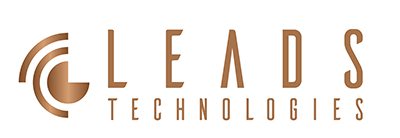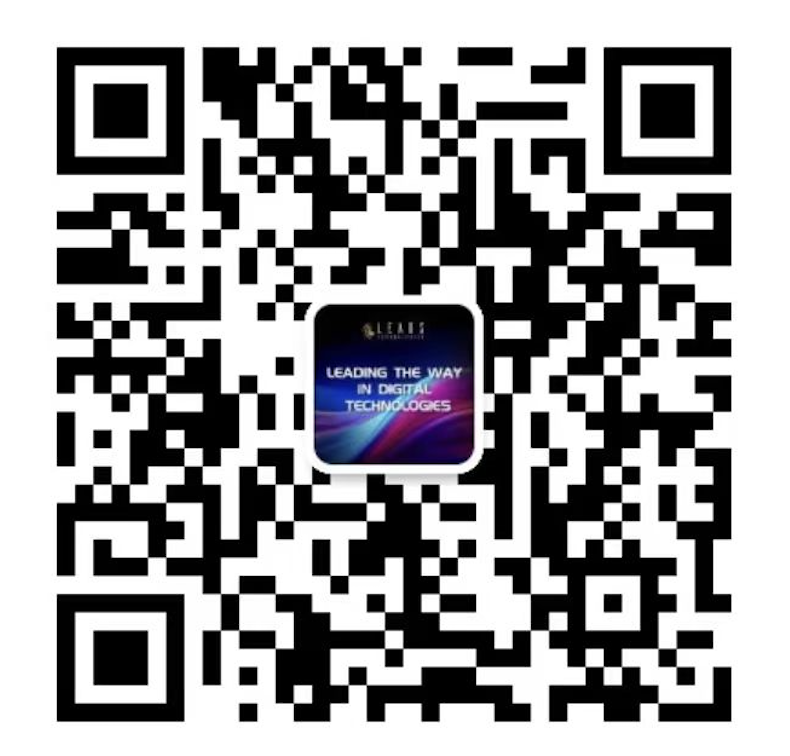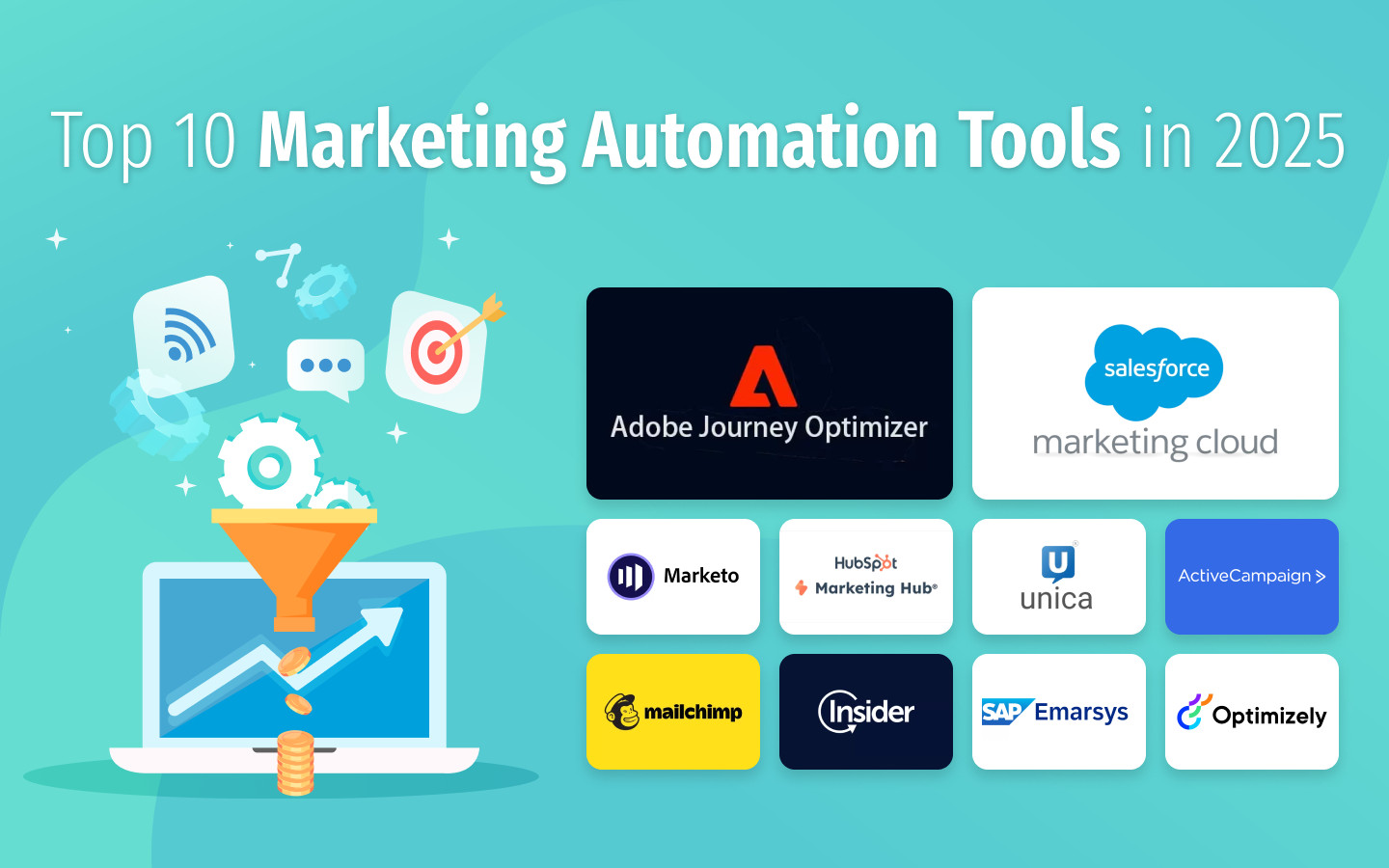
Top 10 Marketing Automation Tools in 2025|Comparison & Recommendations
Marketing Automation
29 July 2025
- Introduction: Why You Need to Choose the Right Marketing Automation Tool?
- Selection Criteria: How Did We Evaluate These 10 Tools?
- Top 10 Marketing Automation Tools for 2025
- Industry & Size-Specific Recommendations and Tool Matching
- Integration & Scalability Comparison: From Tools to Platforms
- Conclusion & Selection Suggestions: How to Choose the Best Solution for Your Team?
- References & Further Reading
- Introduction: Why You Need to Choose the Right Marketing Automation Tool?
- Selection Criteria: How Did We Evaluate These 10 Tools?
- Top 10 Marketing Automation Tools for 2025
- Industry & Size-Specific Recommendations and Tool Matching
- Integration & Scalability Comparison: From Tools to Platforms
- Conclusion & Selection Suggestions: How to Choose the Best Solution for Your Team?
- References & Further Reading
Chapter 1: Introduction | Why You Need to Choose the Right Marketing Automation Tool?
In this era where everything demands “real-time, precision, and personalization,” businesses that still rely on manual EDM dispatch or manually segmenting audiences are essentially handicapping themselves.
Marketing Automation is rapidly becoming a core tool for companies to enhance efficiency and competitiveness. With automation tools, brands can reach the right customers with the right content at the right time, significantly boosting marketing performance and conversion rates.
If you are not yet familiar with what marketing automation is, its definition, principles, and use cases, we recommend that you start with our beginner’s guide:
“What is Marketing Automation? Grasp the Core Concepts in 5 Minutes”
With the maturation of SaaS tools and the lowering of price thresholds, not only large enterprises, but also small and medium-sized businesses, B2B brands, educational institutions, and even startups are beginning to adopt marketing automation to more efficiently manage potential customers and customer relationships.
However, here’s the problem: with hundreds of marketing automation tools on the market, you might face the following challenges:
- They all seem similar; how do I choose?
- Which tools are suitable for SMEs? Which are enterprise-level?
- What channels should be supported? Email? SMS? App Push?
- Can they integrate with my CRM or website?
To address these common concerns, this article will:
✅ List the top 10 recommended marketing automation tools for 2025
✅ Provide features, target audiences, ratings, and suggestions for each tool
✅ Offer selection suggestions and further reading resources based on different business needs
Whether you’re a marketing novice or a brand manager planning a digital transformation, this article will help you quickly find the most suitable marketing automation platform.
Chapter 2: Selection Criteria | How Did We Choose These 10 Tools?
There are over a hundred marketing automation tools available in the market, with vast differences in features, pricing, and application depth. Some focus on EDM marketing, others emphasize AI recommendations, and some integrate across multiple channels and data platforms.
To help businesses effectively select tools that meet their specific needs, we have selected the top 10 marketing automation platforms for 2025 based on the following six key criteria, considering functionality, usability, integration, and scalability for future growth:
1. Core Capabilities
Does the tool provide the core features of marketing automation?
- Multi-channel messaging (Email, SMS, Push, Social Media)
- Automation Workflow Design (Workflow / Journey Builder)
- Audience Segmentation and Personalized Recommendations
- Customer Behavior Tracking and Data Integration
- Analytics Reports and Performance Tracking

2. Ease of Use and Learning Curve
Is the tool intuitive to use, and can marketers without a technical background quickly get started?
- Does it have a visual workflow design tool?
- Does it provide templates or preset workflows?
- Is the interface user-friendly?
- Are documentation and support resources comprehensive?

3. Pricing & Value
It's not just about being affordable, but whether it’s worth the investment:
- Does it offer a free trial or flexible plans?
- Is it pay-as-you-go or a fixed monthly fee?
- Does it support scalability (multiple users, cross-brand, CDP integration)?
4. Integration Flexibility
A good tool should integrate seamlessly with your company’s existing systems:
- Can it integrate with CRM (such as Salesforce, HubSpot)?
- Does it support APIs? Can it connect with websites, apps, or CDPs?
- Does it support third-party platforms (such as Google Ads, LINE, Meta)?
5. Support & Community
Implementing marketing automation often requires consultation and long-term support:
- Does it have dedicated customer service and technical teams?
- Does it support Chinese? Are there local partners to assist with implementation?
- Is there an active user community, educational resources, and forums?

6. Use Case Fit
Not every tool is suitable for every company. We particularly highlight:
- Suitable for SMEs, growing companies, or large multinational enterprises
- Suitable for B2B, B2C, eCommerce, finance, education, manufacturing, and other industries
Chapter 3: Top 10 Marketing Automation Tools for 2025
This chapter provides a detailed overview of the 10 most recommended marketing automation tools for 2025. We will describe their features, target audience, pros and cons, and provide recommendations to help you find the platform best suited to your business needs.
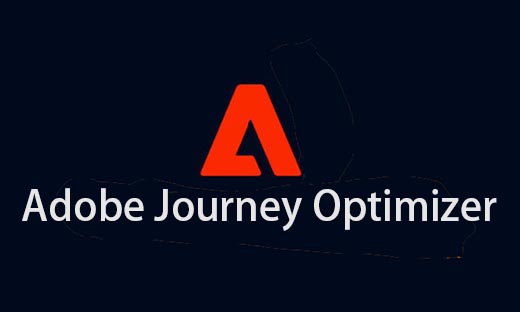
3.1 Adobe Journey Optimizer (AJO)
Adobe Journey Optimizer is one of the core components of Adobe Experience Platform, capable of integrating Real-time CDP and real-time marketing orchestration, making it the best choice for enterprise-level customers seeking multi-channel personalized communication.
- Features:
- Cross-channel interaction (Email, SMS, Push, In-app)
- Journey Orchestration: Trigger marketing workflows in real-time based on user behavior
- Seamless integration with Adobe Experience Platform, supporting Real-time CDP
- AI-driven decision-making and personalized recommendations (Adobe Sensei)
- Target Audience:
- Medium to large enterprises, financial services, airlines, retail, manufacturing
- Advantages:
- Comprehensive features supporting cross-channel, real-time, and personalized marketing
- Tightly integrates with the Adobe ecosystem, ideal for existing AEP customers
- Disadvantages:
- Requires a certain level of technical infrastructure and team size
- Higher implementation costs
- Recommendation: If your company already uses Adobe Experience Platform or requires high-interaction and data-driven customer journey orchestration, AJO is the most powerful and robust choice.
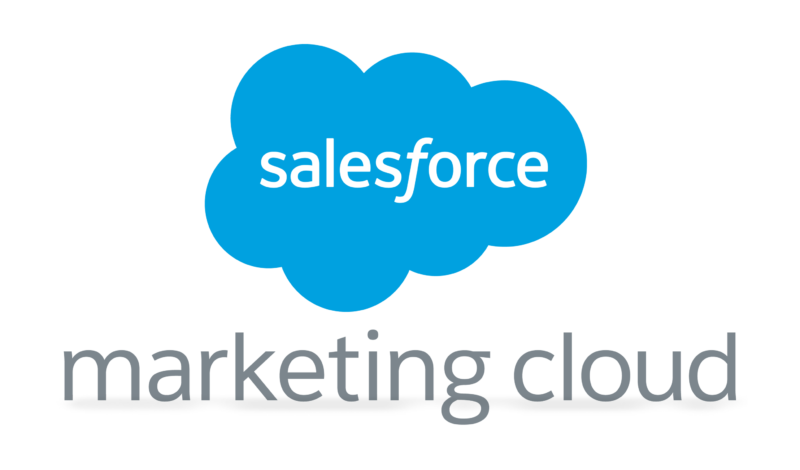
3.2 Salesforce Marketing Cloud
Salesforce Marketing Cloud is one of the most mature enterprise-level marketing automation platforms globally, focusing on seamless integration with Salesforce CRM, supporting customer engagement and analysis throughout the customer journey.
- Features:
- Journey Builder for workflow orchestration
- Modular design with Email Studio, Mobile Studio, Advertising Studio, etc.
- Integration with Salesforce Sales Cloud and Service Cloud
- AI features (Einstein) to enhance predictions and personalization
- Target Audience:
- Large enterprises, especially those already using Salesforce CRM
- Advantages:
- Comprehensive ecosystem with high flexibility, covering Email, Mobile, Social, and Ads
- Excellent data integration and customer view management
- Disadvantages:
- Complex system, requires significant implementation and operational experience
- Pricing is high and depends on the number of licenses and modules
- Recommendation: If your company is already using Salesforce architecture, this is the natural choice for expansion; if not, evaluate the technical requirements and budget.
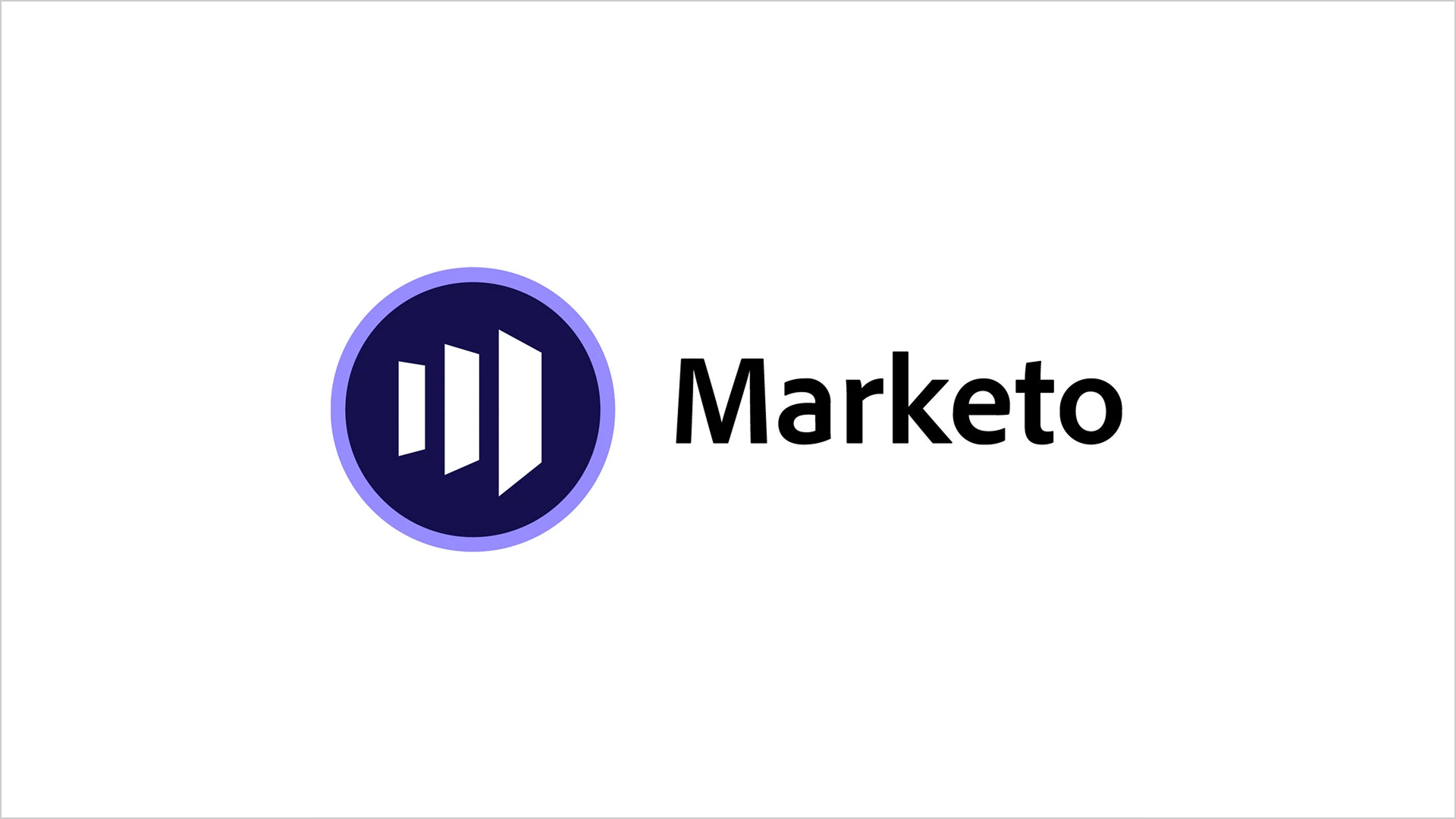
3.3 Marketo
Marketo, owned by Adobe, is a marketing automation platform designed specifically for B2B operations, particularly skilled in lead scoring, long sales cycle nurturing, and Account-Based Marketing (ABM) strategies.
- Features:
- Lead Scoring and nurturing workflow design
- Forms and event automation integration
- ABM, dynamic content, and email template management
- Target Audience:
- B2B SaaS, consulting, IT services, enterprise solution providers
- Advantages:
- Complete and professional features, ideal for complex B2B purchase processes
- Integrates with CRM, Sales Insight, and analytics tools to support sales decisions
- Disadvantages:
- Has a steeper learning curve and requires technical or consulting support
- Interface design is complex and may be difficult for beginners
- Recommendation: If your company frequently deals with high-value, long decision-making cycle leads and requires detailed segmentation and personalized interaction, Marketo is a professional-grade platform worth considering.
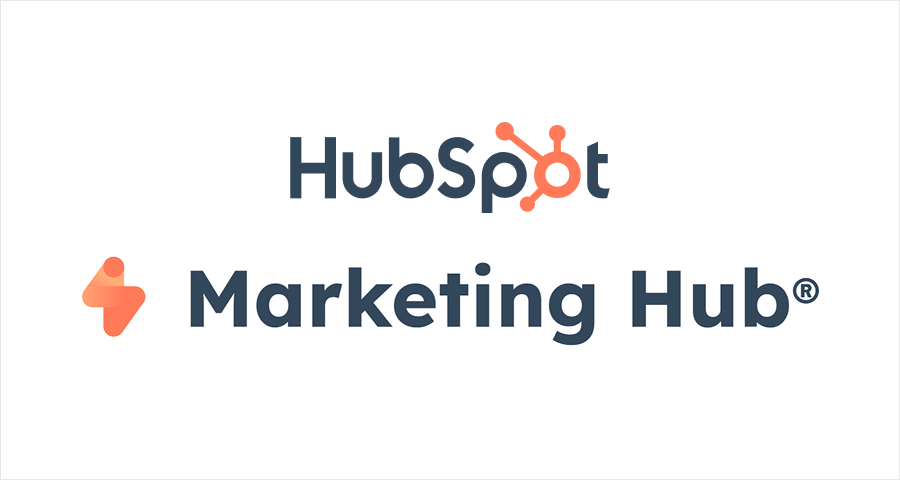
3.4 HubSpot Marketing Hub
HubSpot offers a user-friendly and comprehensive integrated marketing platform, ideal for SMEs looking for a quick implementation of marketing automation.
- Features:
- Email marketing, forms, landing pages, chatbots, automation workflows
- Native CRM integration
- SEO, blogging, and content management integration
- Target Audience:
- SMEs, SaaS, startups, education, and consulting industries
- Advantages:
- Simple to use, with a user-friendly interface and support for Traditional Chinese
- Flexible pricing, with a free version to get started
- Disadvantages:
- Basic automation and segmentation logic
- Struggles with integrating large enterprise data or multi-brand structures
- Recommendation: If you’re a small business with limited marketing resources but want to quickly start marketing automation, HubSpot is an ideal entry-level tool.
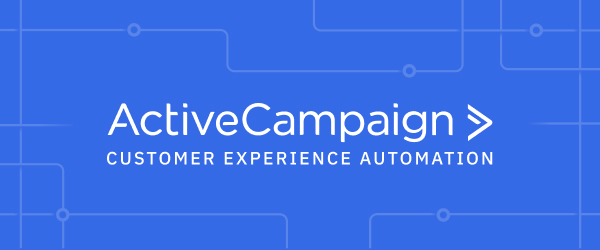
3.5 ActiveCampaign
ActiveCampaign is renowned for its email marketing and simple CRM features, specifically designed for SMEs, and is highly favored by teams with limited budgets.
- Features:
- Email automation and A/B testing
- Contact scoring and goal-based automation
- SMS, automated task assignment, and sales pipeline management
- Target Audience:
- Small and medium e-commerce, consulting firms, startups
- Advantages:
- Simple interface with flexible workflow design
- Affordable pricing and comprehensive features
- Disadvantages:
- Lacks enterprise-level integration framework
- Limited localization support (Chinese interface support is insufficient)
- Recommendation: If you’re an SME with a limited budget and want to quickly improve conversion rates, ActiveCampaign is a cost-effective and functional choice.
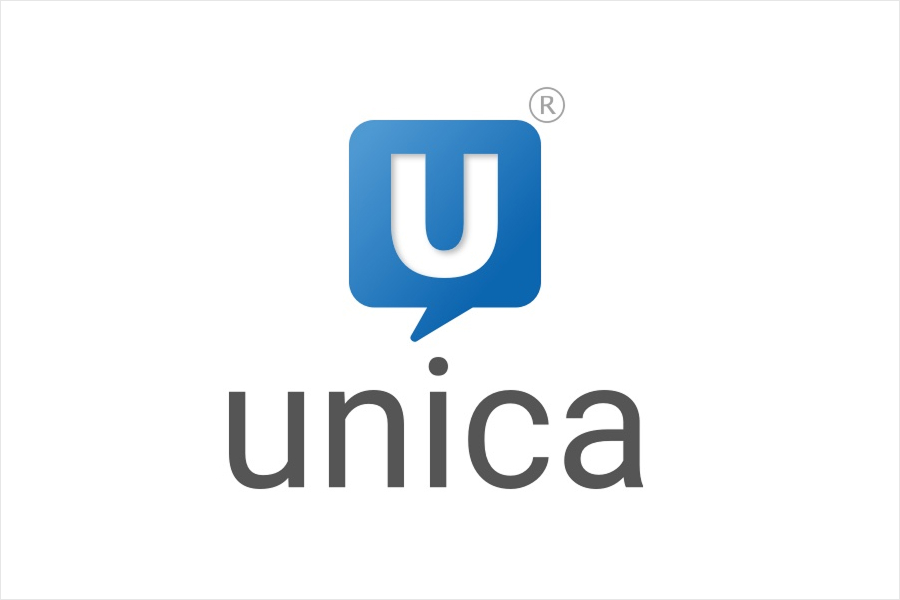
3.6 HCL Unica
HCL Unica is a highly flexible marketing automation platform designed for large enterprises, with powerful batch data processing capabilities and strict data governance design, making it especially suitable for businesses focusing on privacy compliance and internal data warehouse integration.
- Features:
- Supports cross-channel marketing orchestration (Email, SMS, Web, Call Center, etc.)
- Highly customizable audience segmentation and list management modules
- Enhanced privacy and data security, suitable for financial, insurance, and government sectors
- Target Audience:
- Financial, insurance, telecommunications, government, public sector, and large enterprise internal marketing teams
- Pros:
- Suitable for handling large customer data and complex process logic
- Modular system architecture, flexible deployment based on needs
- Supports on-premise and private cloud environments, high compliance
- Cons:
- Complex setup and deployment, requires IT support or consulting partners
- Not suitable for small teams or companies looking for quick deployment
- Selection Suggestion:
If your business values internal data management, cross-departmental process integration, and compliance requirements, HCL Unica offers the most comprehensive control and processing capabilities in the industry, making it an ideal choice for large enterprises or highly sensitive industries.
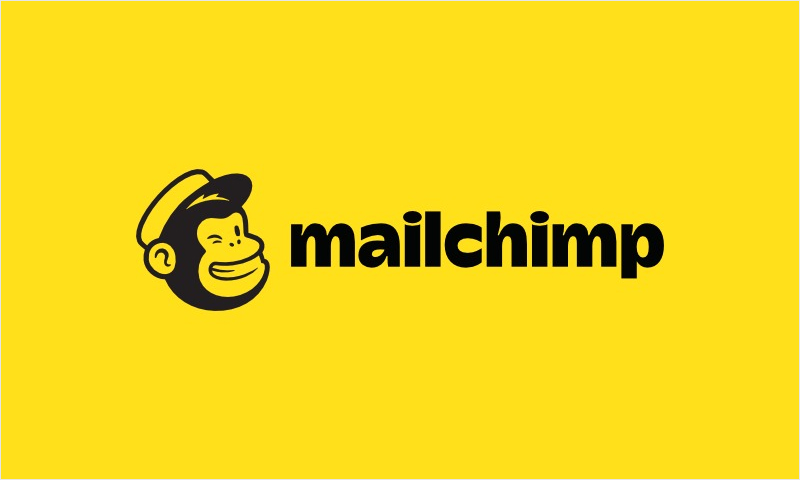
3.7 Mailchimp
Mailchimp is one of the most well-known Email marketing platforms globally. In recent years, it has expanded to include simple automation, CRM, and website building features, making it a popular choice for marketing automation beginners.
- Features:
- Email marketing and automation workflows
- Form and landing page creation
- Basic CRM and reporting analytics
- Target Audience:
- Startups, personal brands, small businesses
- Pros:
- Simple to use, friendly free entry-level plan
- Diverse functionality, integrates basic marketing needs
- Cons:
- Limited automation workflows and data integrations
- Low customization flexibility
- Selection Suggestion: Ideal for startups and personal brands with a limited budget looking to get started with Email automation.
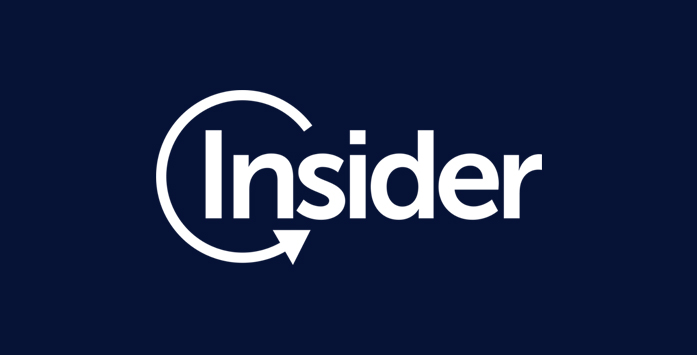
3.8 Insider
Insider is a platform that emphasizes AI personalization and growth marketing, excelling in user behavior analysis and real-time interaction for Apps and Websites.
- Features:
- User segmentation and real-time journey triggers
- App/Web Push notifications, embedded recommendation modules
- Behavior prediction and dynamic content personalization
- Target Audience:
- High-interaction B2C, media, and App-based brands
- Pros:
- Powerful AI analysis and recommendation system
- Ideal for growth-oriented brands aiming to improve engagement and conversion rates
- Cons:
- Complex for traditional EDM-focused brands
- Limited Chinese documentation and support resources
- Selection Suggestion: If you want to optimize website and App interaction rates and drive growth with data, Insider is a highly recommended platform.
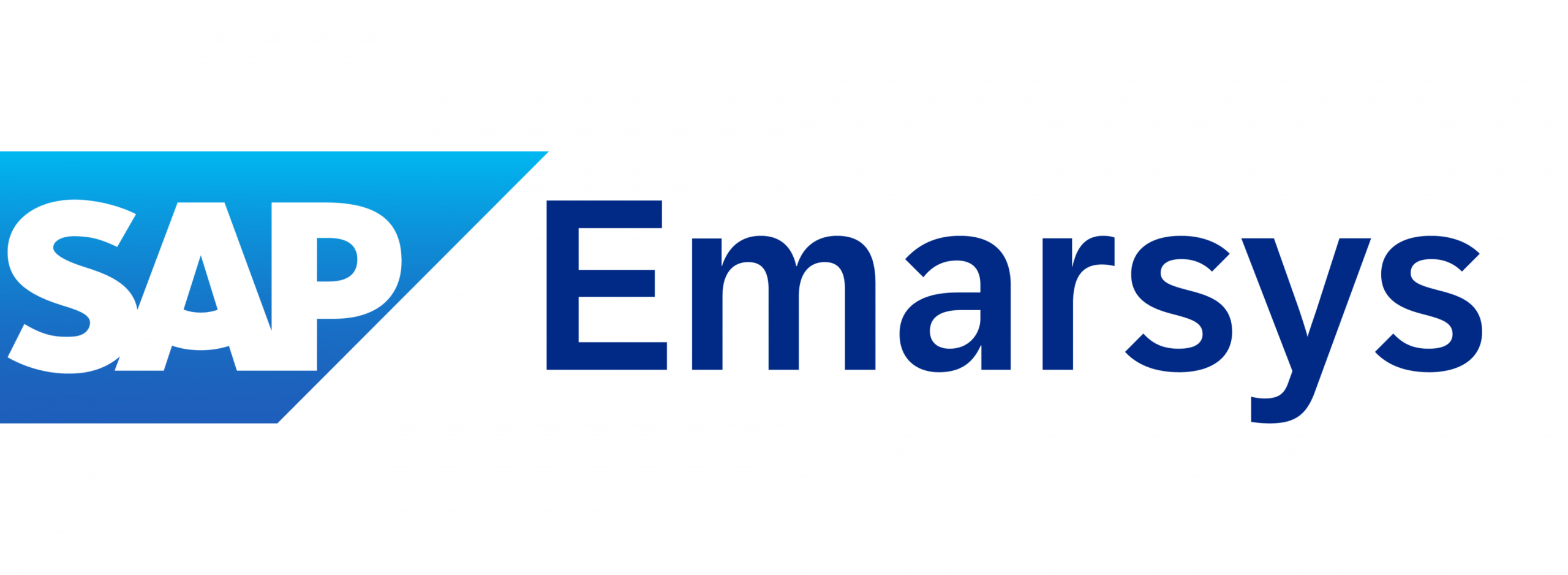
3.9 Emarsys (SAP)
Emarsys is a marketing cloud platform acquired by SAP, focused on retail-oriented marketing automation, supporting customer lifecycle management and product recommendations.
- Features:
- Pre-built customer journey modules (Welcome, Retention, Reactivation)
- Product recommendations and dynamic content generation
- Deep integration with SAP CX system
- Target Audience:
- Retailers, chain stores, global brands
- Pros:
- Designed for commercial applications, supporting complex journeys
- Powerful integration of member, POS, inventory, and other data
- Cons:
- Complex to integrate for non-SAP users
- High custom development costs
- Selection Suggestion: If you are a large retail business that values customer lifecycle management and cross-channel integration, Emarsys is a powerful choice.

3.10 Optimizely Campaign
Originally Episerver’s Optimizely Campaign combines A/B testing, content personalization, and automation workflows, making it suitable for content-driven brands.
- Features:
- Email automation, content testing, and optimization
- Customer journey workflow design tools
- Deep integration with Optimizely CMS and Commerce
- Target Audience:
- Content marketing-driven brands, media sites, educational institutions
- Pros:
- Strong testing and optimization capabilities, supports experiment-driven marketing
- Natural integration with Optimizely’s content management features
- Cons:
- Weak support for e-commerce and high-frequency messaging brands
- Limited support resources in Asia
- Selection Suggestion: If your team focuses on content conversion optimization and A/B testing, Optimizely is a powerful platform combining CMS and marketing capabilities.
Chapter 4: Industry-Specific and Size-Based Selection Recommendations
When choosing a marketing automation tool, industry characteristics and company size are two key factors that cannot be overlooked. Different business models, customer journeys, and marketing maturity directly influence tool selection and implementation strategy.
1. Industry-Based Recommendations
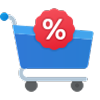
E-commerce and Retail
Demand Characteristics: Real-time interaction, multi-channel push notifications, frequent promotional activities
Recommended Tools: Adobe Journey Optimizer, ActiveCampaign, Insider, Mailchimp

Finance and Insurance
Demand Characteristics: Sensitive data, high compliance requirements, long customer lifecycle
Recommended Tools: Salesforce Marketing Cloud, HCL Unica, Oracle Eloqua

B2B/SaaS
Demand Characteristics: Long decision cycle, lead nurturing, ABM strategy
Recommended Tools: Marketo, HubSpot, Zoho Marketing Plus
2. Recommended by Company Size
Small and Medium Enterprises / Startups
Characteristics: Limited resources, small marketing teams, need for quick setup and high cost-effectiveness
Recommended Tools: HubSpot, ActiveCampaign, Mailchimp, Zoho Marketing Plus
Growing Enterprises
Characteristics: Need to expand and integrate multiple systems, gradually build customer journey management capabilities
Recommended Tools: Marketo, Emarsys, Iterable, Insider
Large / Multinational Enterprises
Characteristics: Need for high integration capabilities, multi-channel support, and real-time personalization
Recommended Tools: Adobe Journey Optimizer, Salesforce Marketing Cloud, HCL Unica, Oracle Eloqua
It is recommended to first inventory internal resources and growth goals before implementing marketing automation tools. Then, based on usage habits, data structure, and team technical capabilities, choose the most suitable tool for the current situation and future plans.
Chapter 5: Integration and Scalability Comparison: Considerations from Tools to Platforms
The starting point for implementing marketing automation tools may be EDM delivery or simple journey design, but to achieve a long-term scalable digital marketing strategy, “integration capability” and “platform flexibility” are key considerations.
Below is a comparison of 10 tools in terms of integration and scalability:
1. Integration Capability
| Tool Name | CRM Integration | CDP Support | API Capability | Integration with Other Adobe / Salesforce |
|---|---|---|---|---|
| Adobe Journey Optimizer | ★★★★★ (Native AEP) | Native integration with RTCDP | Highly Open | ★★★★★ |
| Salesforce Marketing Cloud | ★★★★★ (Salesforce) | Proprietary CDP | Highly Open | ★★★★★ |
| Marketo | ★★★★☆ | Can integrate with AEP/CDP | Complete API Support | ★★★★★ (Adobe Ecosystem) |
| HubSpot | ★★★★☆ | Lightweight Built-in CDP | Good | Good Integration within HubSpot Ecosystem |
| ActiveCampaign | ★★★☆☆ | Supports External Integrations | Good | Limited |
| HCL Unica | ★★★★☆ | Custom/Broad Integration Flexibility | High (Suitable for Internal Integration) | Limited |
| Mailchimp | ★★☆☆☆ | No clear CDP Functionality | Limited | Basic Integration |
| Insider | ★★★★☆ | Enhanced Behavioral Data Integration | Diverse API Support | Integrates with E-commerce, CDP Tools |
| Emarsys (SAP) | ★★★★☆ | Integration with SAP CDP | Enterprise API Support | Native Integration with SAP Commerce |
| Optimizely Campaign | ★★★★☆ | Can Integrate with CDP and CMS | Complete API Support | Good Integration with Optimizely DX Suite |
2. Scalability and Module Flexibility
| Tool Name | Expandability of Modules | Multi-brand / Multi-language Support | Custom Journey Flexibility |
|---|---|---|---|
| Adobe Journey Optimizer | Extremely High | Supports Full Enterprise-level Structure | Extremely High |
| Salesforce Marketing Cloud | High | Flexible | High |
| Marketo | Medium-High | Good | High |
| HubSpot | Medium | Weak | Medium |
| ActiveCampaign | Medium | Weak | High |
| HCL Unica | High | Supports Complex Enterprise Needs | High |
| Mailchimp | Low | Does not Support Multi-language Structure | Basic Functionality |
| Insider | High | Excellent Multi-language Support | Medium-High |
| Emarsys (SAP) | High | Enterprise-level Flexible Support | High |
| Optimizely Campaign | High | Excellent Modular Support | High |
If the business requires multi-brand, multi-language, or cross-department operations, it is recommended to prioritize solutions with high integration and platform scalability to avoid the need for second-time implementation or increased costs in the future.
Chapter 6: Conclusion and Selection Recommendations: How to Choose the Right Solution for Your Team?
The choice of marketing automation tools is not just a technical implementation issue, but an extension of a long-term digital operation strategy. Every business has different marketing maturity, technical resources, and budget conditions, so the suitable tools and implementation methods will vary accordingly.
Among the 10 tools summarized in this article, whether you’re a startup, a fast-growing brand, or a multinational group, you can find options with corresponding flexibility and professionalism.
Selection Recommendations:
- Clarify your goals first, don’t choose technology for the sake of technology: Is it to improve EDM efficiency, strengthen lead nurturing, or create cross-channel customer journeys? Clear needs help choose the right framework.
- Prioritize Integration Capabilities: If your business already has CRM/CDP or other website tools, prioritize evaluating integration capabilities and data flow efficiency.
- Start Small and Expand Gradually: Even enterprise-level tools like Adobe or Salesforce can be introduced from a single module to avoid resource waste and process disruption.
- Establish a Selection Team and Demo Evaluation Process: It is recommended that marketing, IT, and data departments collaborate, testing the UI, journey setup, and report logic to ensure real-world application.
- Utilize Partner and Consultant Resources: If tool implementation is complex, consider working with professional consultants to ensure timely deployment and training efficiency, enhancing the internal team’s confidence.
No matter your organization’s scale or industry, marketing automation is an ongoing process of optimization and integration. The key is not “which tool” but “whether it can truly create valuable customer interaction journeys.”
Chapter 7: References and Further Reading
The following are the official resources, industry reports, and practical articles referenced in this article. Readers are encouraged to explore further based on their specific needs:
Official Product Resources
- Adobe Journey Optimizer: https://experienceleague.adobe.com/docs/journey-optimizer.html
- Salesforce Marketing Cloud: https://www.salesforce.com/products/marketing-cloud/
- Marketo: https://business.adobe.com/products/marketo.html
- HubSpot: https://www.hubspot.com/products/marketing
- ActiveCampaign: https://www.activecampaign.com/
- HCL Unica: https://www.hcl-software.com/unica
- Mailchimp: https://mailchimp.com/
- Insider: https://useinsider.com/
- Emarsys (SAP): https://emarsys.com/
- Optimizely Campaign: https://www.optimizely.com/products/campaign/
Research Reports and Market Evaluations
- Gartner Magic Quadrant for Multichannel Marketing Hubs 2024 (provided by Adobe): https://business.adobe.com/resources/reports/gartner-mq-multichannel-marketing-hubs-2024.html
- G2 2025 Best Marketing Automation Software Ranking: https://www.g2.com/categories/marketing-automation
- Forrester Wave™: Cross-Channel Marketing Hubs, Q4 2024: https://www.forrester.com/blogs/choose-a-cross-channel-marketing-hub-that-amplifies-your-customer-obsession-strategy/
Further Reading Recommendations
- “What is Marketing Automation? Understand the Core Concepts of Automated Marketing in 5 Minutes”
- “Complete Guide to B2B Marketing Automation | How to Improve Lead Conversion Rates?”
- “What’s the Difference Between Marketing Automation and CRM? Integration Methods and Practical Applications Explained”
- 👉 Marketo Product Introduction
- 👉 HCL Unica Product Introduction
- 👉 Adobe Journey Optimizer Product Introduction
If you have further implementation needs, you can also refer to the consulting services provided by Leads Technologies or contact us for evaluation advice. Contact us for marketing consulting services
